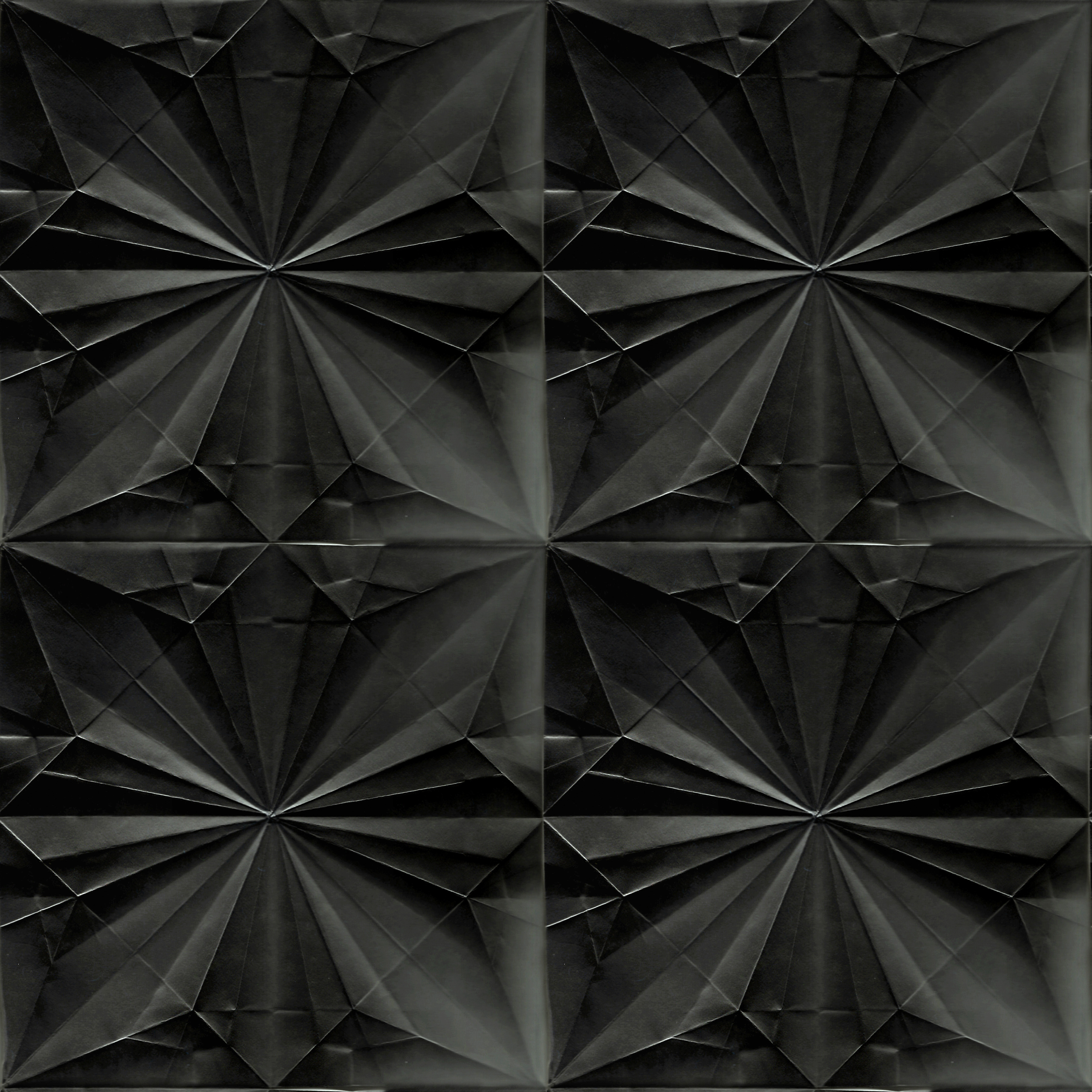Chinese Buddhist art is a complex collection of icons of deities. Being adherents of Mahayana Buddhism, the Chinese often depict bodhisattvas and the different buddhas[1], championing salvation for everyone through the numerous deities[2]. Chinese Buddhism was adopted during the end of the Han dynasty 220BCE-220CE[3], as it entered from India into China via overland and maritime trade routes[4]. This essay compares the Seated Shakyamuni, Brundage Collection, 338CE (Figure 1), with the Grand Vairocana Buddha, Longmen Caves, 676CE (Figure 2). Figure 1, a gilt bronze sculpture of Shakyamuni or Gautama Buddha, is the earliest dated Chinese buddhist sculpture[5]. Figure 2 depicts a Vairocana Buddha in the likeness of Empress Wu during her building zeal in Buddhist art. Although both sculptures share characteristics often found in Buddhist art, the intention behind their creation differs in terms of their commissioner and the time period at which they were made influenced the making of the figures.
Buddhist art often have common unifying traits, such as the mudras, or hand gestures. This enable worshippers to identify the sculptures. Both figures depict Buddha in a seated position, with the ushnisha or wisdom topknot, elongated earlobes representing his royal lineage, and a simple robe falling over both shoulders representing Buddha’s austere ways. The simple robe in Figure 1 indicates a Gandharan style that is prevalent in Buddhist realm after the 1st century. The simple robe of Figure 1 makes a comeback in Figure 2, with emphasis returning to the body instead of cascading Confucian robes imposed by Dowager Feng in 476[6]. These Indian elements are present due to renewed cultural exchanges with Gupta India[7]. This continued attempt in standardising Buddhist elements ensures that the Buddha is easily recognisable in Chinese Buddhist art, even if the materials, size, and composition changes.
[1] Robert E. Fisher, Buddhist Art And Architecture (London:Thames & Hudson Ltd., 2006), 11.
[2] Helmut Brinker, “Transfiguring Divinities: Buddhist Sculpture In China” in China 5,000 Years Innovation And Transformation In The Arts, ed. Howard Rogers, (New York: Guggenheim Museum Publications, 1998), 150.
[3] Fang, Litian, “Buddhism And Chinese Ethics” in China’s Buddhist Culture (Singapore: Engage Learning Asia Pte., 2010), 31.
[4] Helmut Brinker, “Transfiguring Divinities: Buddhist Sculpture In China” in China 5,000 Years Innovation And Transformation In The Arts, ed. Howard Rogers, (New York: Guggenheim Museum Publications, 1998), 147.
[5] “Seated Buddha, 338,” Asian Art Museum, accessed 20 March 2016, http://education.asianart.org/explore-resources/artwork/seated-buddha-338.
[6] Su Bai, “Origins And Trends In The Depiction Of Human Figures In China Of The Fifth And Sixth Centuries” in China 5,000 Years Innovation And Transformation In The Arts, ed. Howard Rogers. (New York: Guggenheim Museum Publications, 1998), 134.
[7] Denise Patry Leidy, The Art Of Buddhism An Introduction To Its History And Meaning (Boston: Shambhala Publications, Inc., 2008), 94.

3 comments for “Edited: Essay”